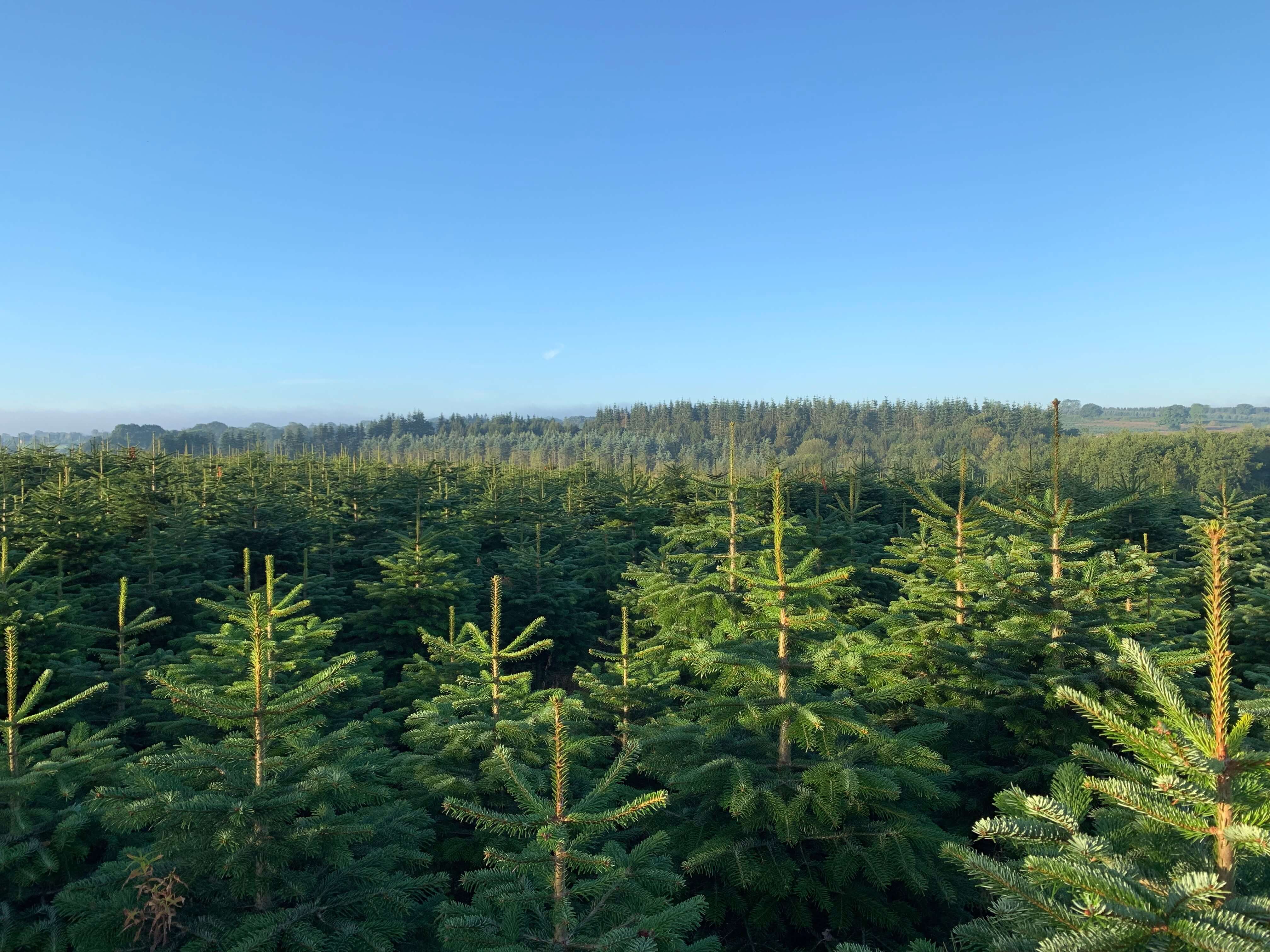Welcome to the Adventure blog!
Big news and a regular dose of magical inspiration for family days out at Stockeld Park!
A Christmas Tree is for Life, not just for Christmas

A Stockeld Christmas Tree is for Life, not just for Christmas
Have you ever considered the environmental impact of your Christmas Tree? Is cutting down a tree for Christmas doing our planet more harm than good, and is shipping a plastic tree across the ocean from China the better bet?
The truth is that real Christmas trees are very good for the environment, in lots of different ways. Here at Stockeld Park, we grow the Nordmann Fir (Abies Nordmanniana), and like all trees the Nordmann Fir is generating oxygen and absorbing CO2 from planting to harvest. We have some half-a-million Christmas trees growing at Stockeld, and every day they are generating enough daily oxygen to sustain 4,000 people. They are also absorbing around 600 tonnes of CO2 every year, the equivalent of 15,000 car journeys from Stockeld Park to London!
The trees are an important habitat for many species of wildlife including birds, subterranean animals many beneficial insects. They also play an important but less well appreciated role in stabilising the soil and protecting water supplies.
But the big objection we’re hearing more and more is this: shouldn’t we be planting trees, not cutting them down?! And isn’t it wasteful to cut a tree down for just a few short days over Christmas? These are legitimate questions, and they are also what’s driving the trend towards pot-grown trees for re-planting, but they fundamentally misunderstand the environmental life cycle of the Christmas tree.
Christmas trees are planted for one specific purpose: to one day light up a home at Christmas. They are a fully regenerative crop, which means that every tree that is cut down is replaced by more. In fact, at Stockeld Park we are planting 60,000 new Christmas trees every year, almost double the number we are cutting down. Why is this? Well, first of all we are looking to increase the number of Christmas trees we grow. However it is also the case that for any grower there must always be more Christmas trees planted than are cut down. This is for a very simple reason: not every tree that is grown, sad to say, is good enough to sell. But a wonky tree is still generating oxygen and absorbing CO2 every bit as well as a symettrical one, meaning that Christmas tree plantations will always be net contributors to the environment.
The average life cycle of a Stockeld Christmas tree from planting to harvest is 10 years, although some of our bigger trees will be in the ground for many years more than that. All our trees are grown locally, right here at Stockeld Park, which minimises the emissions generated during transport.
Compare that with your plastic artificial tree, shipped half way across the world from China, thousands of miles away. Then ask yourself how much oxygen a plastic tree is generating, or how many animals it is helping to sustain. The answer to these questions is fairly clear!
At Stockeld Park we are supremely mindful of our responsibility as custodians of the environment, which is why we are proud to be one of the oldest and largest growers of real Christmas trees in England.
To learn more, take a look at our video explaining the relationship between Christmas Trees and the environment, recently voted Runner-Up for Best Short Video by the British Christmas Tree Growers Association.

